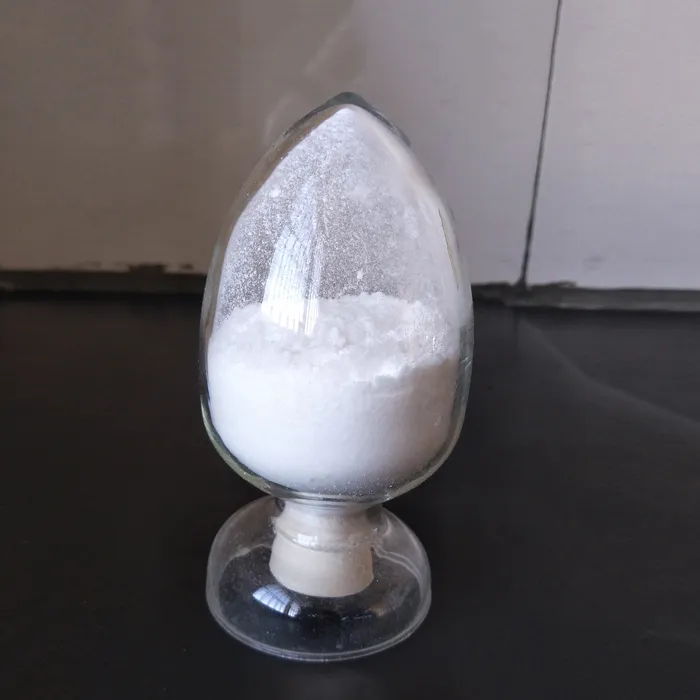Physical and Chemical Treatment of Water and Wastewater
Water is a vital resource for life, agricultural production, and industrial activities. However, the increasing demand for clean water highlights the necessity for effective treatment methods to ensure the safety and quality of water supplies. Physical and chemical treatments play essential roles in the purification of water and the management of wastewater, providing solutions to minimize environmental impacts and meet regulatory standards.
Physical Treatment Methods
Physical treatment processes are primarily aimed at removing suspended solids and particulate matter from water. These methods are generally the first step in the treatment process and include processes such as sedimentation, filtration, and flotation.
1. Sedimentation This process relies on gravity to remove particles from water. In sedimentation tanks, water is held in a large basin where heavier particles settle to the bottom, forming sludge, while the clarified water can be collected from the top. This method is effective for large particles but may not completely remove microscopic contaminants.
2. Filtration After sedimentation, filtration further purifies water by passing it through physical barriers like sand, gravel, or membranes. Filtration can remove smaller particles, including bacteria and pathogens, thus improving water quality significantly. Various filtration technologies, such as microfiltration and ultrafiltration, cater to specific needs depending on the size of contaminants.
3. Flotation This process involves introducing air bubbles into water, leading to the adhesion of suspended particles to the bubbles. These aggregates then rise to the surface, where they can be skimmed off. Flotation is particularly useful in removing oils, fats, and other light materials.
physical chemical treatment of water and wastewater pdf

Chemical Treatment Methods
Chemical treatment processes employ various chemical agents to alter the composition of contaminants in water, enhancing the removal efficiency of specific pollutants.
1. Coagulation and Flocculation Coagulation involves adding chemical coagulants (like aluminum sulfate) to water, which destabilizes suspended particles and promotes their aggregation. The flocculation stage follows, where gentle mixing encourages the formation of larger flocs that can be easily removed in subsequent processes like sedimentation.
2. Disinfection A critical step in water treatment, disinfection methods aim to eliminate pathogenic microorganisms. Common disinfection agents include chlorine, ozone, and ultraviolet (UV) light. Each method has its advantages and limitations, with UV notably providing effective disinfection without introducing harmful residuals.
3. pH Adjustment The pH of water can significantly affect the solubility and mobility of certain contaminants. Chemicals such as lime or sulfuric acid may be used to adjust pH levels, ensuring optimal environmental conditions for subsequent treatment processes.
4. Advanced Oxidation Processes (AOPs) AOPs utilize strong oxidants to decompose organic pollutants in water. This method is effective for treating recalcitrant compounds that are resistant to conventional treatment processes.
In conclusion, the integration of physical and chemical treatment methods forms a comprehensive approach to water and wastewater management. Advances in technology and the continuous evolution of treatment techniques enable the efficient removal of a wide range of pollutants, ensuring that water resources are preserved for future generations. By investing in these treatment processes, we can protect public health, safeguard the environment, and ensure sustainable water management practices.

